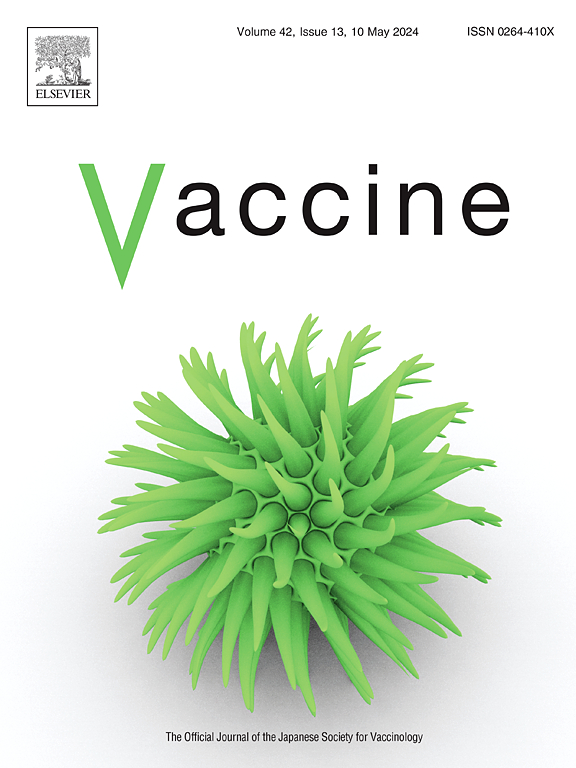使用机器学习模型预测疫苗犹豫:大流行期间农村人口COVID-19疫苗犹豫的展示
IF 4.5
3区 医学
Q2 IMMUNOLOGY
引用次数: 0
摘要
了解疫苗犹豫是一项重大的公共卫生挑战,但传统的统计方法往往无法捕捉到其背后的复杂驱动因素。本研究以农村人口中的COVID-19疫苗犹豫为例,展示了一种更强大、可解释的机器学习工作流程。我们比较了七个模型,发现非线性方法在预测精度上明显优于逻辑回归。对表现最好的模型的解释确定疫苗安全观念是最重要的预测因素。这种方法揭示了特征重要性和部分依赖图之间微妙的非线性关系。这项工作为研究人员提供了实用指南,展示了机器学习框架如何不仅提供更准确的预测,还提供了对复杂人类行为更丰富、更可行的理解,从而更好地为公共政策提供信息。本文章由计算机程序翻译,如有差异,请以英文原文为准。
Using machine learning models to predict vaccine hesitancy: a showcase of COVID-19 vaccine hesitancy in rural populations during the pandemic
Understanding vaccine hesitancy is a critical public health challenge, yet traditional statistical methods often fail to capture the complex drivers behind it. This study uses COVID-19 vaccine hesitancy in a rural population as a case study to demonstrate a more powerful and interpretable machine learning workflow. We compared seven models and found that non-linear approaches significantly outperformed logistic regression in predictive accuracy. Interpretation of the best-performing model identified vaccine safety perceptions as the most important predictor. This approach revealed nuanced, non-linear relationships with feature importance and partial dependence plots. This work serves as a practical guide for researchers, showing how a machine learning framework provides not only more accurate predictions but also a richer, more actionable understanding of complex human behaviors to better inform public policy.
求助全文
通过发布文献求助,成功后即可免费获取论文全文。
去求助
来源期刊

Vaccine
医学-免疫学
CiteScore
8.70
自引率
5.50%
发文量
992
审稿时长
131 days
期刊介绍:
Vaccine is unique in publishing the highest quality science across all disciplines relevant to the field of vaccinology - all original article submissions across basic and clinical research, vaccine manufacturing, history, public policy, behavioral science and ethics, social sciences, safety, and many other related areas are welcomed. The submission categories as given in the Guide for Authors indicate where we receive the most papers. Papers outside these major areas are also welcome and authors are encouraged to contact us with specific questions.
 求助内容:
求助内容: 应助结果提醒方式:
应助结果提醒方式:


